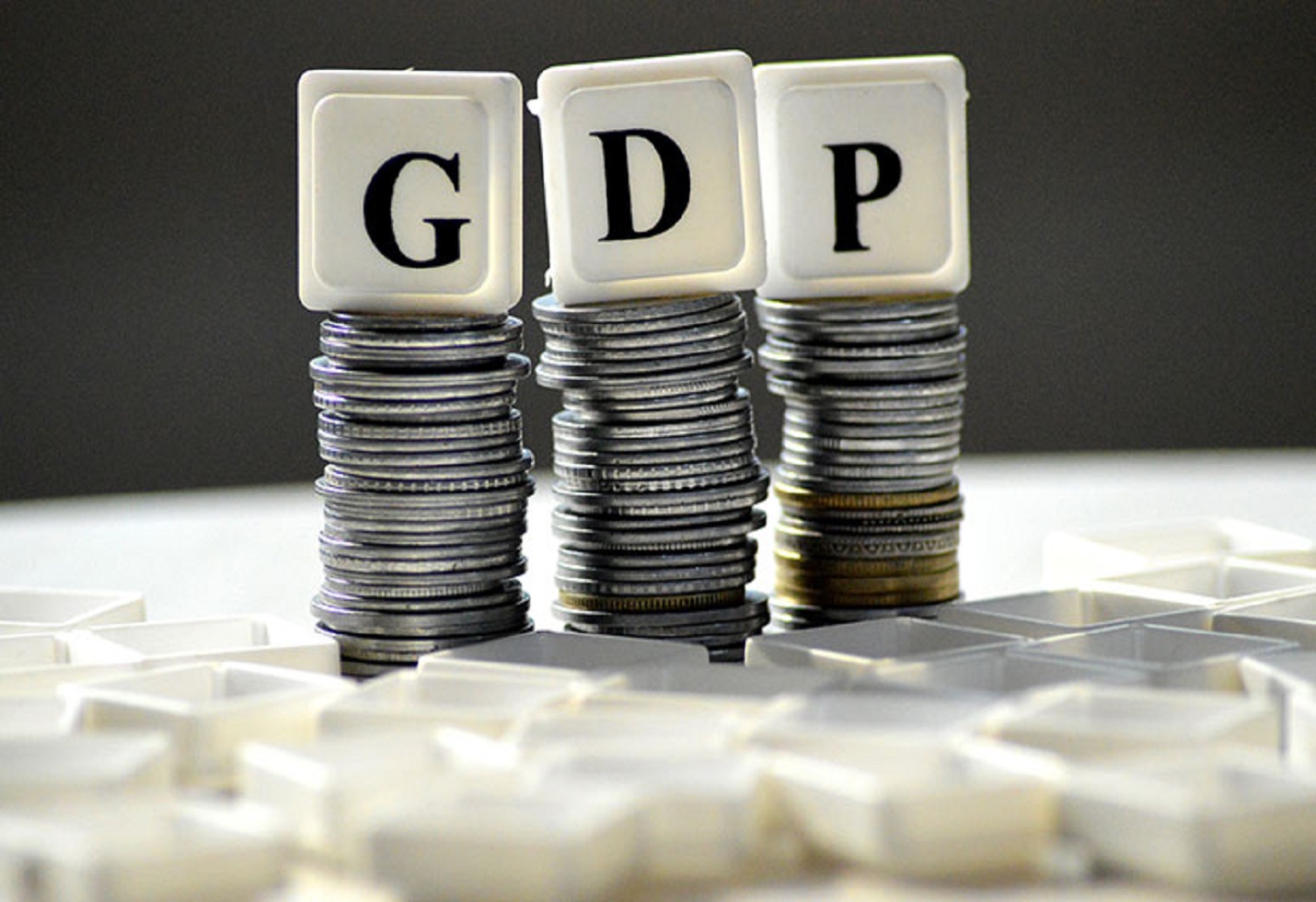Q3 FY25: A Crucial Turning Point for India’s Growth Story
India, the torchbearer of post-pandemic economic recovery among major economies, has hit a rough patch. The nation, which averaged 8.3% GDP growth over the last three years, delivered an underwhelming performance in Q2 FY25. The 5.4% GDP growth for the quarter, a 7-quarter low, marked the third consecutive decline, falling significantly short of expectations.
While the government and the Reserve Bank of India (RBI) remain optimistic, the slump has raised concerns about the sustainability of India’s growth trajectory. The Finance Minister recently called the Q2 GDP figures a “temporary blip,” and the RBI’s December bulletin pointed to promising high-frequency indicators for Q3. But can the upcoming quarter provide the promised respite?
Unpacking the Q2 Disappointment
A closer look at Q2 reveals several headwinds that dampened growth. Export weakness due to global challenges and subdued government spending weighed heavily. Election-related disruptions limited fiscal spending, with revenue expenditure growing by just 8.7% year-on-year and capital expenditure—critical for long-term growth—seeing a contraction.
Gross fixed capital formation grew by a modest 5.4%, with heavy monsoons curbing mining and quarrying activity. The manufacturing sector stumbled, recording just 2.2% growth, its slowest in five quarters, though services offered a silver lining with a robust 7.1% growth. Private consumption, a critical growth driver, held firm, growing by 6% on strong rural demand.
Glimmers of Hope: What Q3 Might Deliver
Encouragingly, rural consumption has remained resilient in Q3, buoyed by favorable monsoons. Indicators such as a spike in scooter sales and fuel consumption reflect robust rural activity. Urban demand, though tepid in October, improved in November, with passenger vehicle sales growing by 4.4%.
Government capital expenditure is expected to pick up pace as the fiscal year progresses. Private capital expenditure, however, remains uneven, with growth concentrated in renewable energy and similar sectors. Steel consumption rebounded in November, offering a glimmer of hope, but overall capex momentum is yet to take off decisively.
On the external front, trade dynamics remain a concern. November saw merchandise exports contract by 4.8%, while imports surged by 27%, resulting in a record trade deficit of $37.8 billion. Services exports, while growing at 22.3%, lagged behind the 27.9% rise in service imports, further widening the trade gap.
Despite these challenges, Q3 GDP is projected to recover to 6.8%, with a slight moderation to 6.5% in Q4, as per the Economic Activity Index.
Implications for Indian Equities
Indian stock markets find themselves at a crossroads. Globally, the economic slowdown in Europe, China’s competitive stimulus measures, and geopolitical tensions create an unfavorable backdrop. A stronger dollar has pushed the rupee to an all-time low, making imports costlier and dampening foreign investor sentiment.
Domestically, the Nifty 50 index faces technical challenges, hovering precariously above its 200-day moving average and forming a bearish head-and-shoulders pattern. Valuations, while more reasonable after recent corrections, still hinge on strong earnings growth.
The road ahead depends on a mix of factors. Monetary easing, anticipated early next year, could provide much-needed support to corporate earnings. If Q3 earnings reflect the improvements indicated by high-frequency data, it might offer a much-needed catalyst for market sentiment.
Conclusion
India’s economic story is at a critical juncture. While Q2 FY25 highlighted vulnerabilities, the resilience in rural demand and government capex offers a silver lining. The coming quarters will test the economy’s ability to navigate external pressures and domestic challenges. For equity markets, the wait for a fundamental revival continues, with hopes pinned on Q3 earnings and a potential shift in monetary policy.
The image added is for representation purposes only





LEAVE A COMMENT
You must be logged in to post a comment.